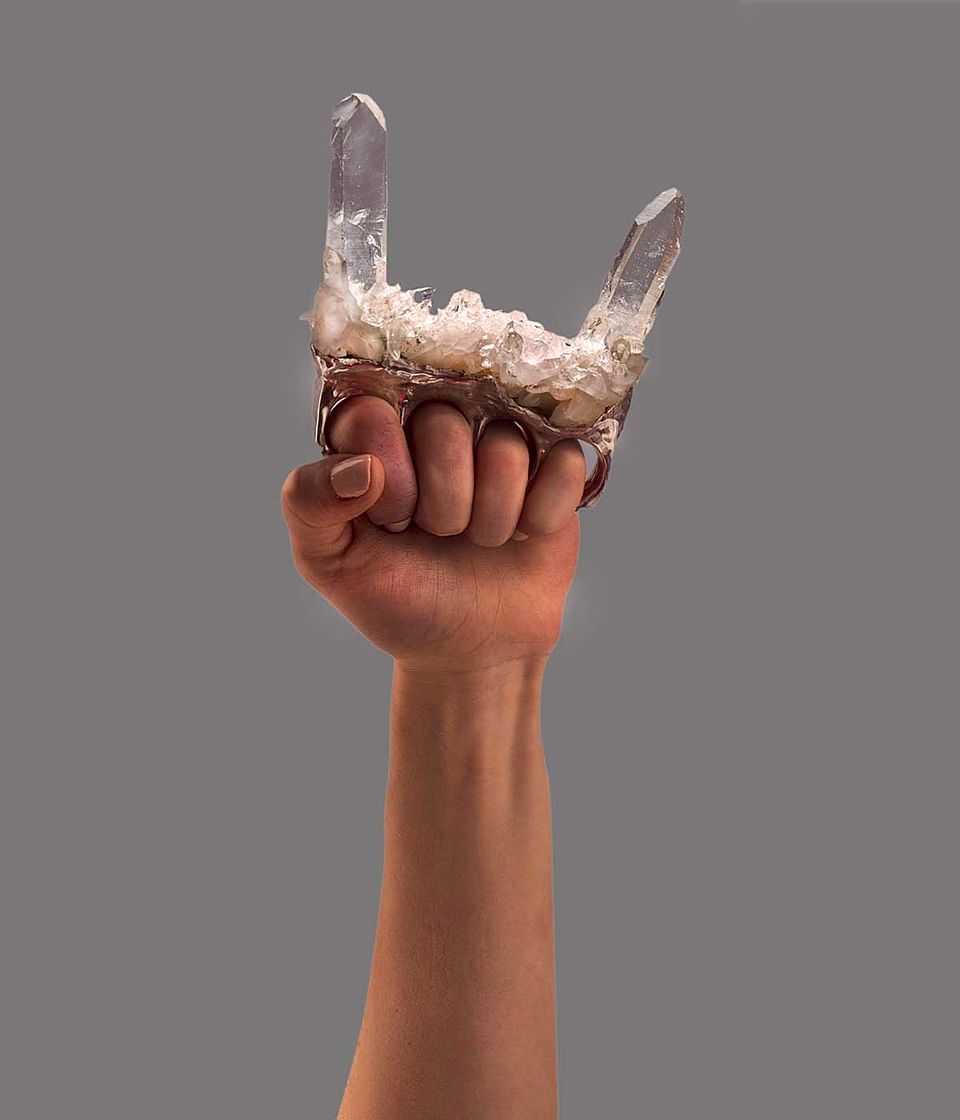Artwork Details
- Title
- Drift
- Artist
- Date
- 2011
- Location
- Not on view
- Dimensions
- 28 x 96 x 35 in. (71.1 x 243.8 x 88.9 cm)
- Copyright
- © 2011, Matthias Pliessnig
- Credit Line
- Gift of the James Renwick Alliance and museum purchase through the Richard T. Evans Fund
- Mediums Description
- white oak and bamboo
- Classifications
- Object Number
- 2011.32
Artwork Description
Pliessnig's epiphany was the realization that a boat's skeleton—the "stations" running from port to starboard, and "stringers" running from bow to stern—could be adapted for seating by flipping the form upside down and contouring it to the body. His experimentation with this design process since 2006 has produced a rapidly evolving series of furniture, each piece more technically ambitious than the last. Drift is the most recent work in this series.
The steam-bending process is unusual enough in contemporary furniture to merit further description. Strips of wood are first air-dried, then soaked in water for several hours before being placed in a steam box. Wood is both saturated with water and heated, rendering the resin inside pliable and the wood extremely malleable. When the wood is removed it must be bent into position and clamped into place within thirty seconds, after which it will cool, regaining rigidity. During this finite window the wood fibers will slip around each other to meet the stock's new form, allowing the wood to maintain its original strength (as opposed to sawn wood, in which the fibers are cut and weakened). After remaining clamped in position for six to eight hours the wood will maintain its new shape permanently.
The pace of this work necessitated by this process is frenetic, but it is not improvisational. Pliessnig designs his pieces using Rhinoceros 3-D software before attempting to recreate the designs in wood. Because the program cannot account for the limitations of organic materials, the transition from screen to object can be enormously challenging. Pliessnig has stated that Drift includes his most difficult bends to date. This also is only the third piece to include pegged joints, the others being Rivulet (with bamboo) and Amada (with birch), both in private collections. Although the pegs appear to offer structural reinforcement, the sheer number of points of contact in Pliessnig's work (approximately 7000 in Drift) makes it incredibly strong, and the pegs serve more as a labor-intensive embellishment.
Smithsonian American Art Museum, 2011















